Femininity and masculinity
In this photoshoot I experimented with different outfits/ costumes, so I could represent women through time. This links to the theme femininity, because it shows how feminine standards evolve and change through time. This photoshoot took place outside the studio, outside school. I experimented with different poses and angles, as well as props in this photoshoot, so I could really present the changes women have gone through.
I have chose to take photographs of my models in different outfits from the years below:
1920’s:

1930’s:
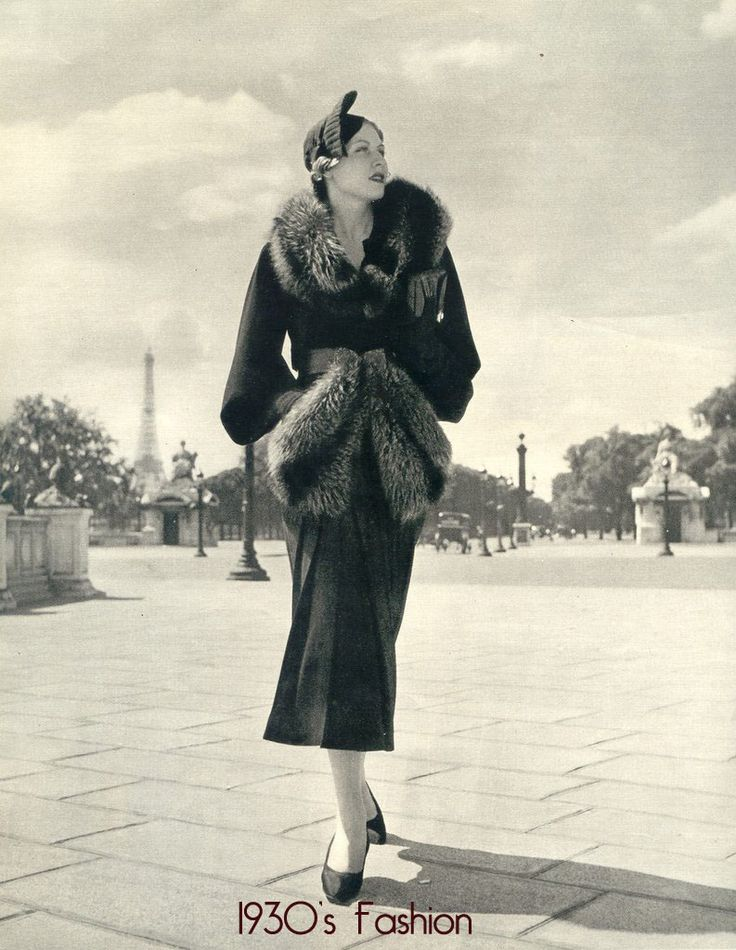
1960’s:
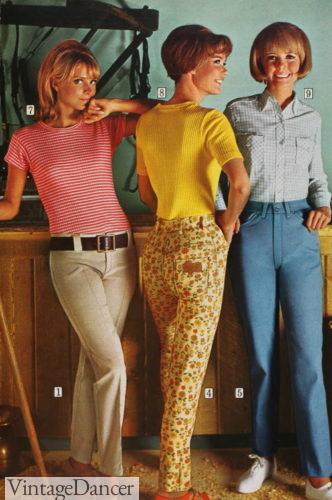
1970’s:

1990’s:
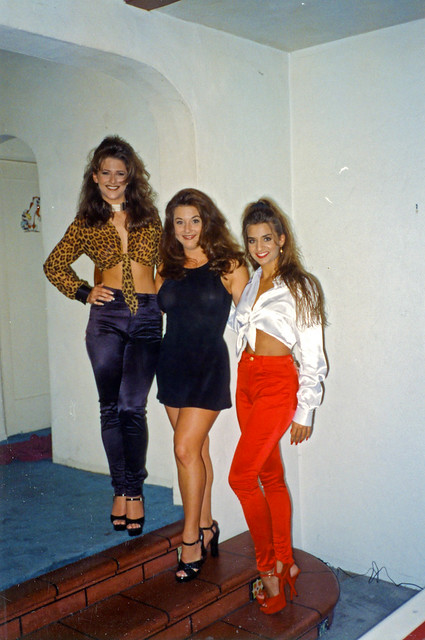
2000’s:
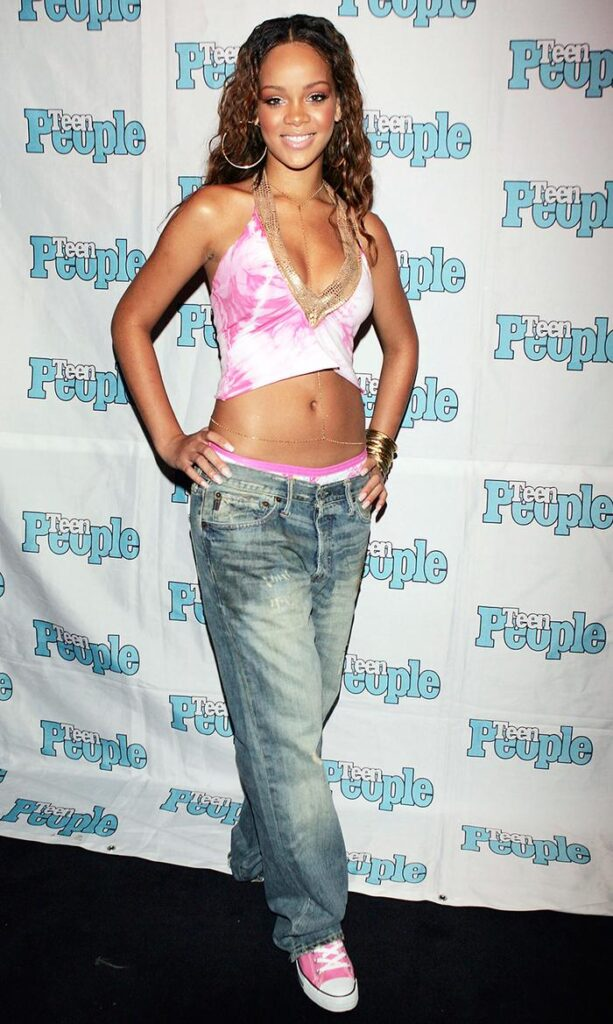
I chose these decades, because the 1930’s is very similar to the 1940’s and the 1950’s. I have chose the decades 1960-2000, because this is where I see the most change in the feminine standards through time.
I have chosen to do this photoshoot, because I have been influenced by Cindy Sherman as she also dressed up in different costumes/ characters to present the theme of femininity.
The images that I have highlighted green are the images I have chosen to edit, because they represent the different decades the best, and have the best focus and composition.
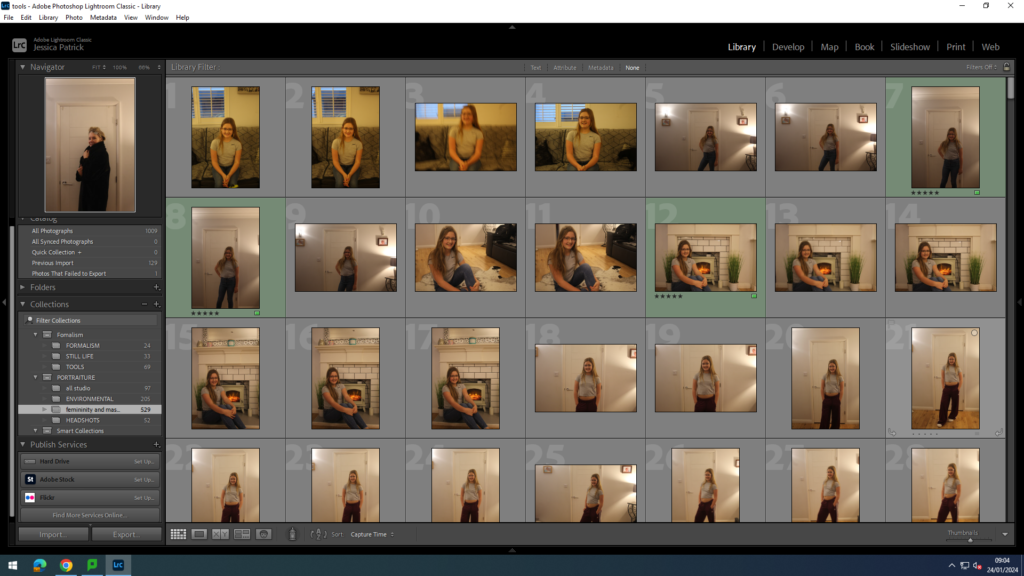



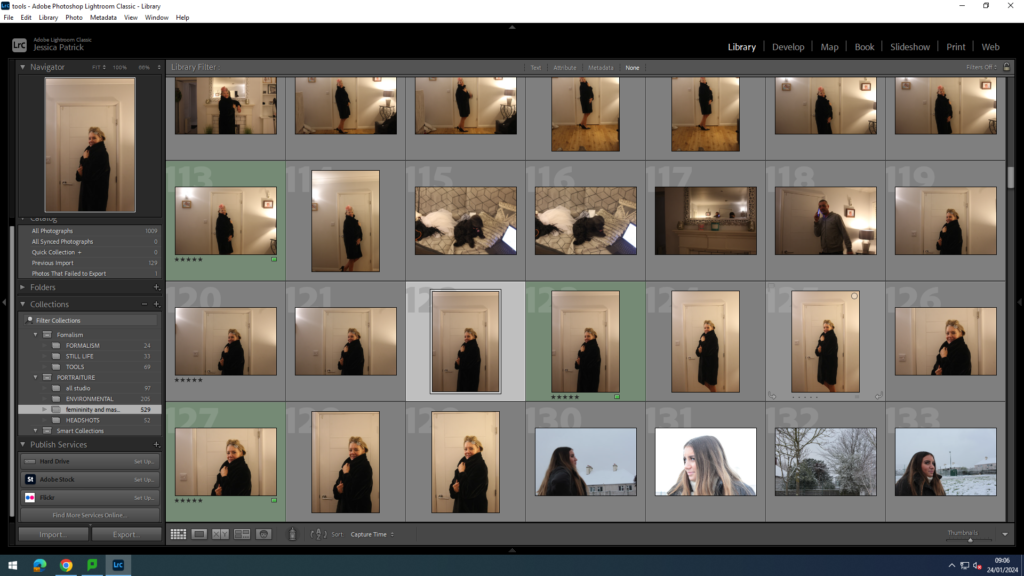
1920
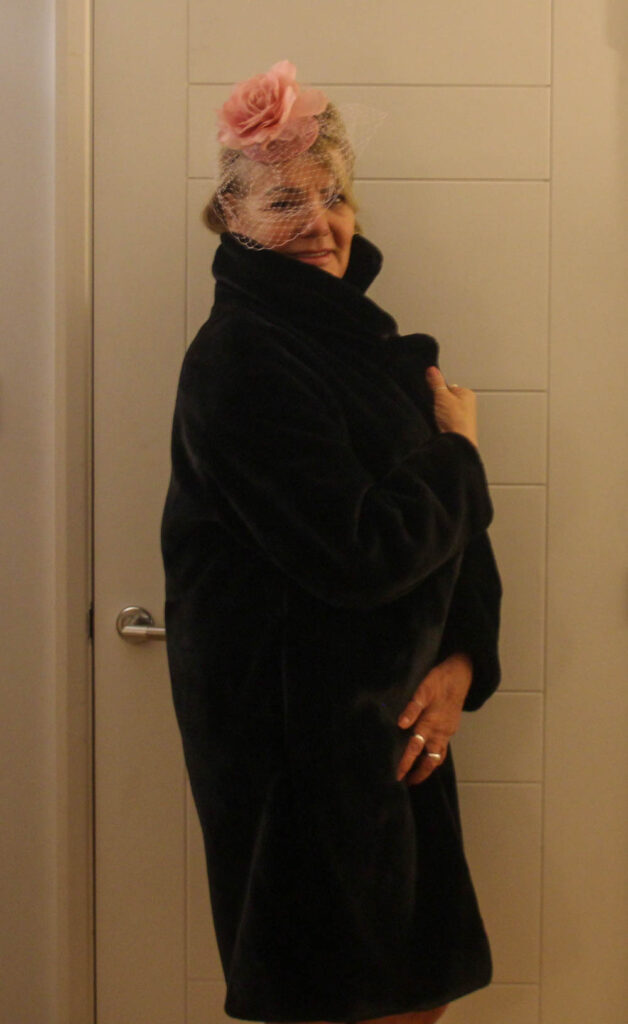

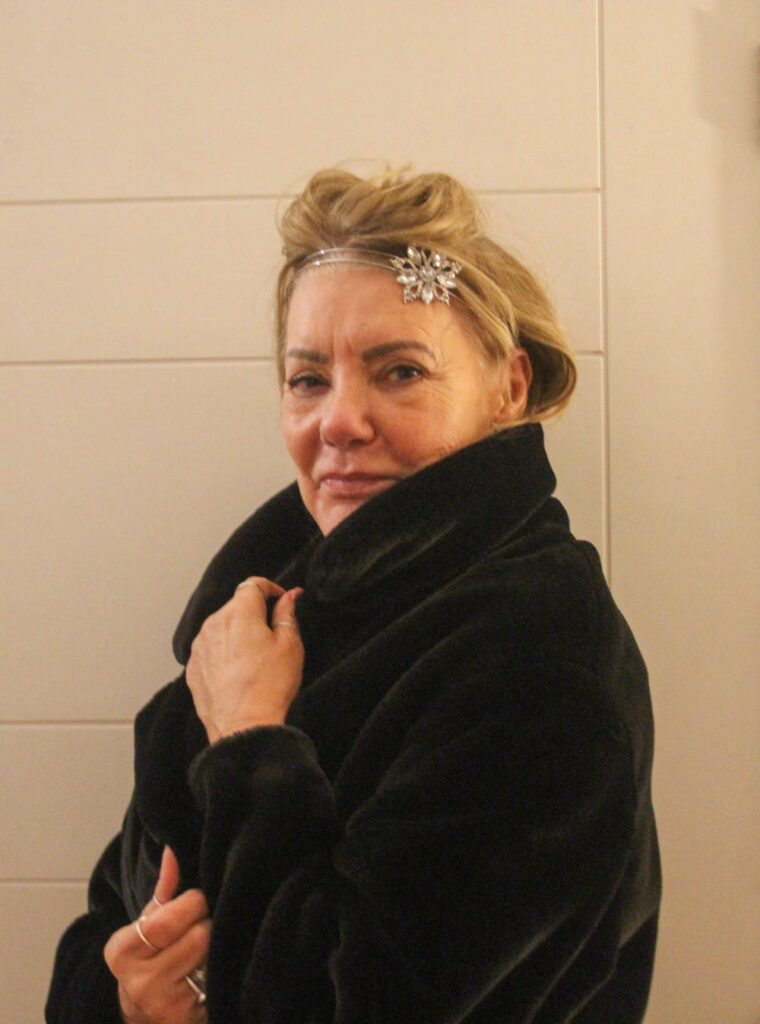
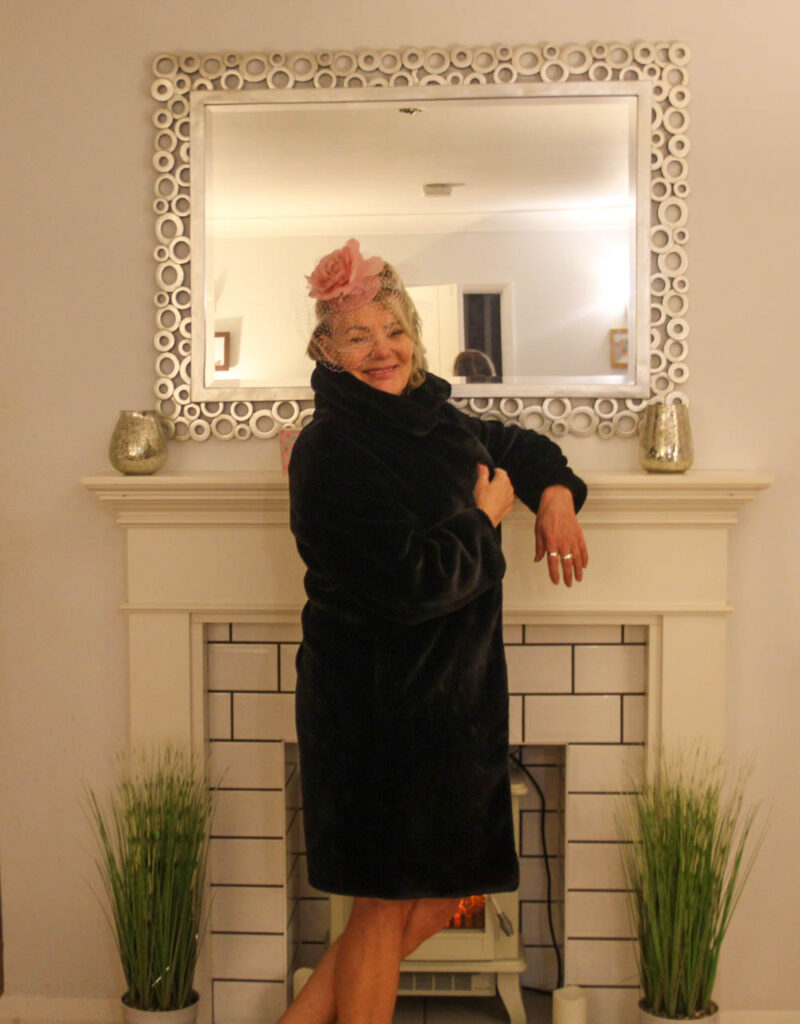
These images represent femininity in the 1920’s, because women back then would wear unique headdresses or hair accessories, which I have tried to replicate, by having my model dress up in similar head accessories.
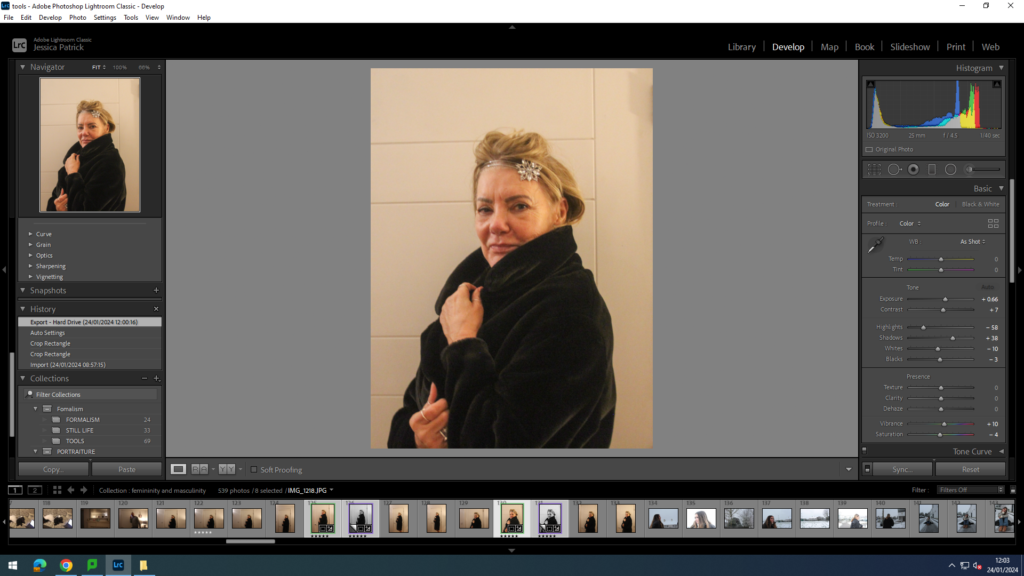
I edited these images by increasing the exposure, contrast, shadows and vibrancy, while decreasing the highlights, whites, blacks and saturation. I did this, so the photo would have better lighting.
Then, I made virtual copies of these images and created black and white versions of each one, because I wanted my photos to be more authentic, as all photos were in black and white in that era.

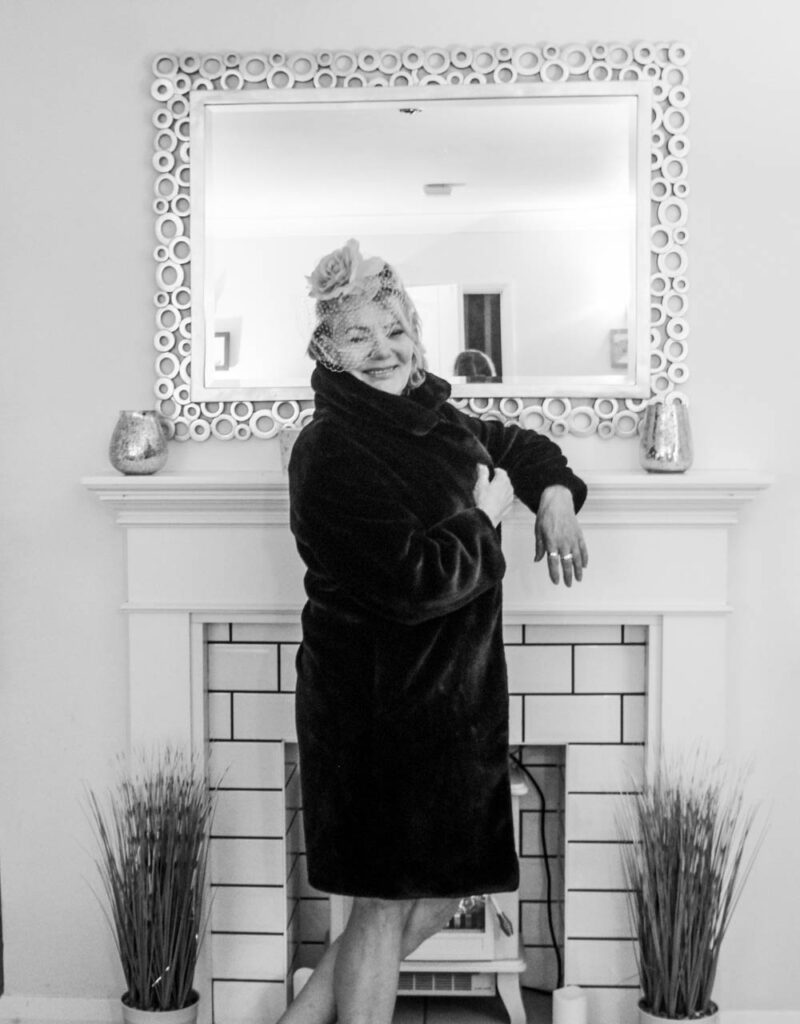
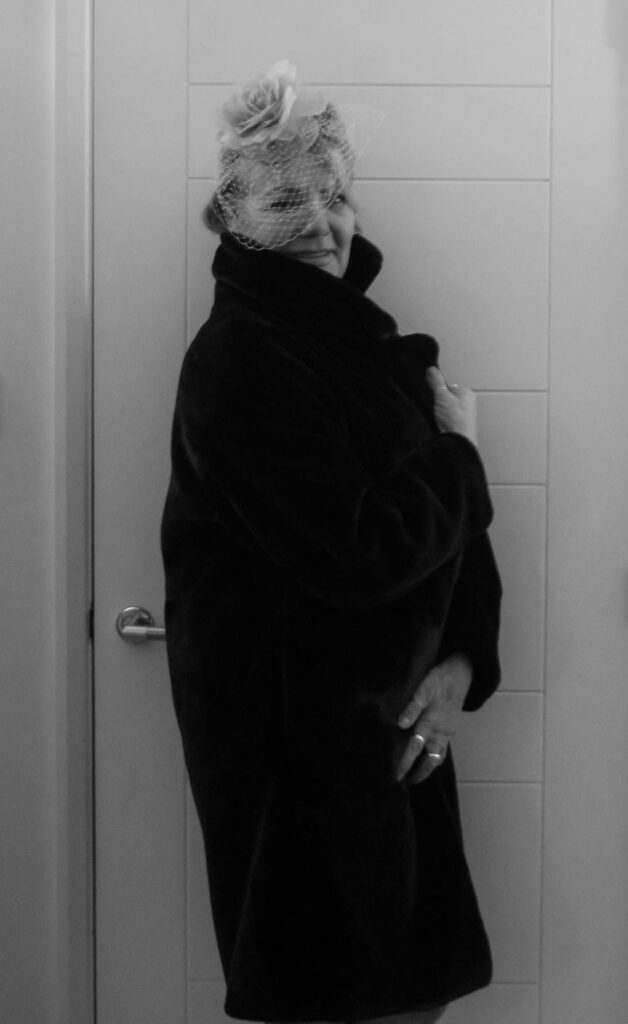
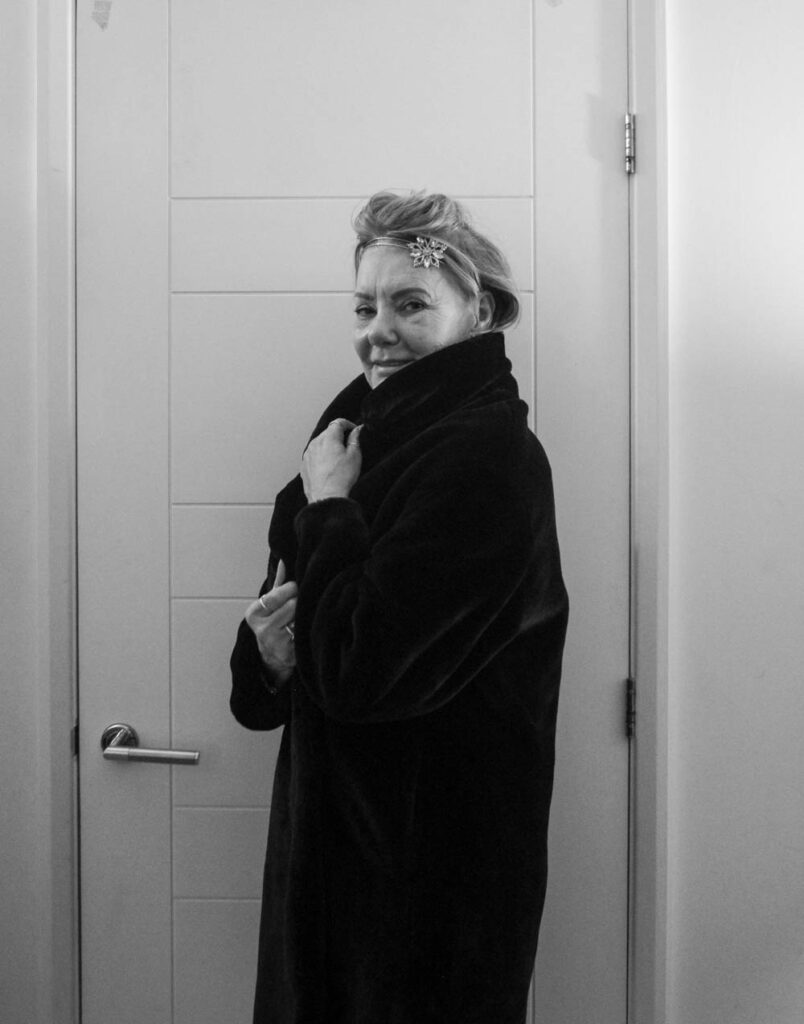
1930’s

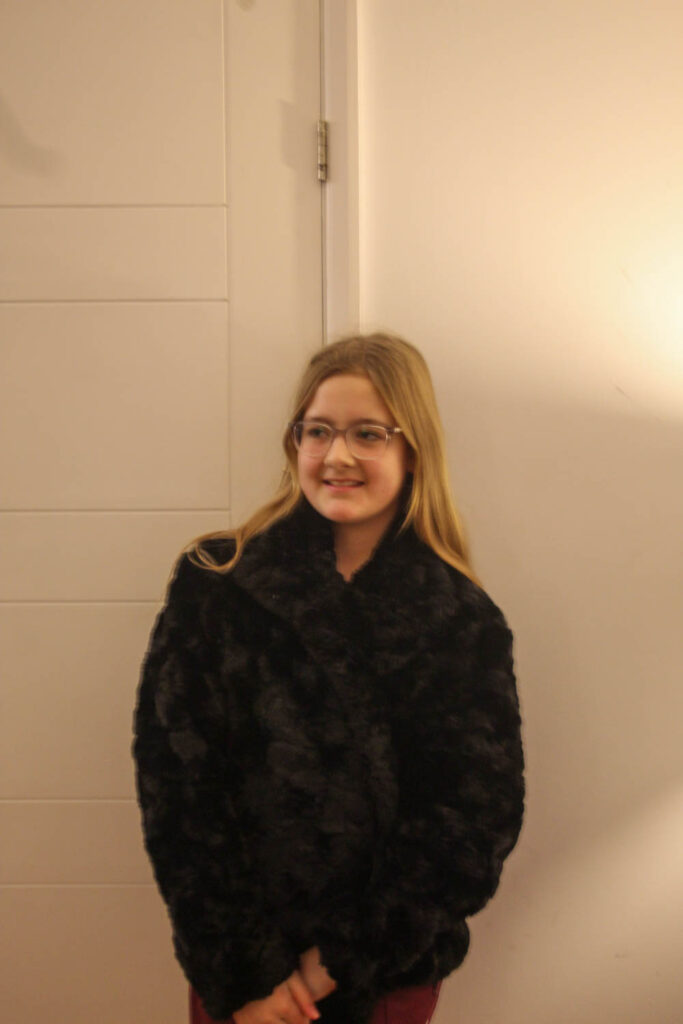
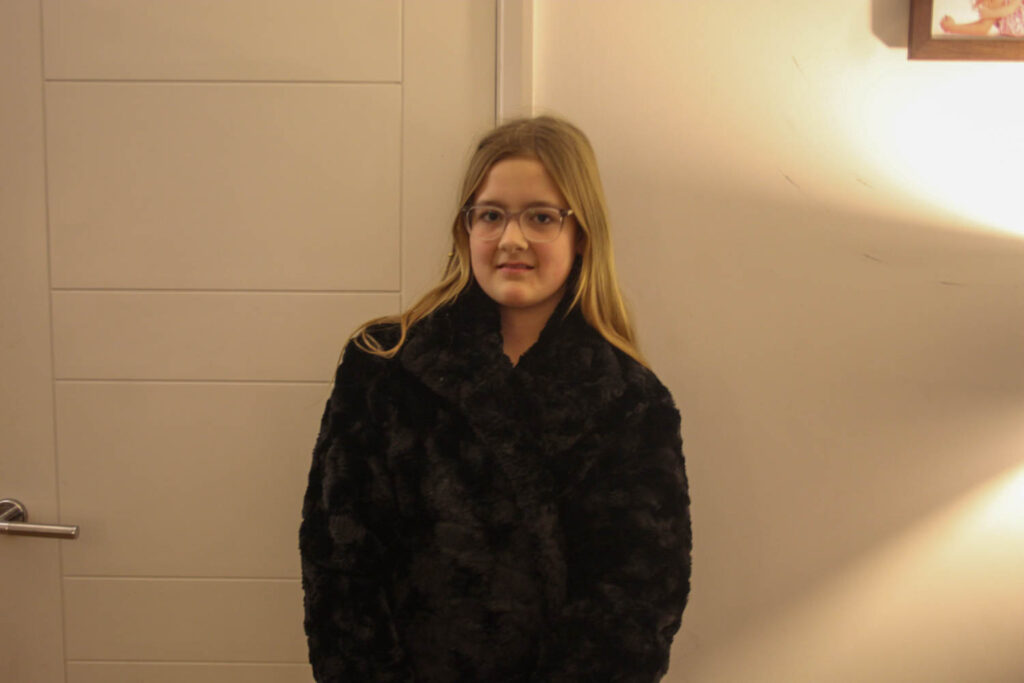
This images represent 1930’s femininity, because the standards then were long clothing that covered the body. This image represents that, because my model has on a long fur coat, which covers her up.
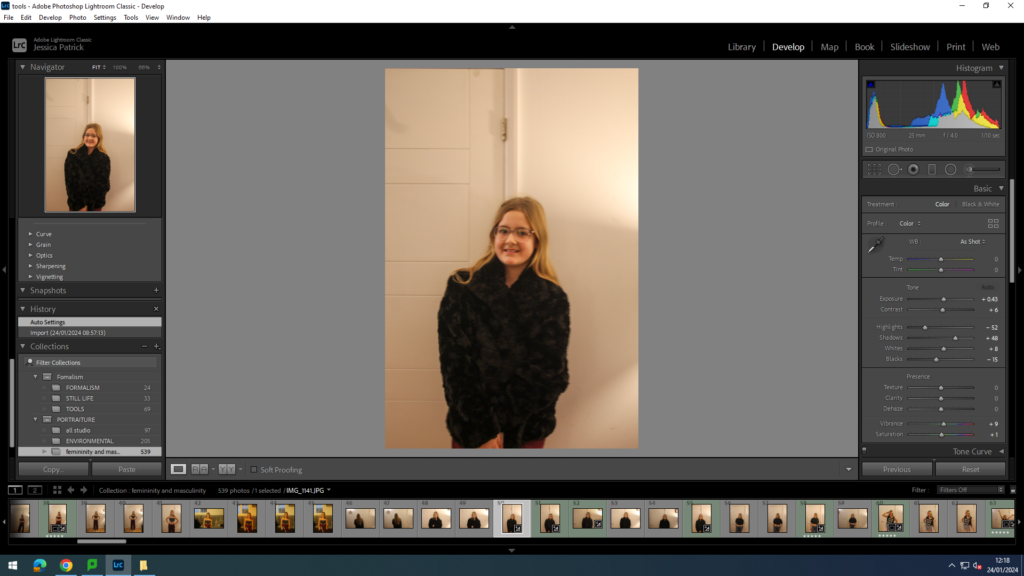
I edited these images by increasing the exposure, contrast, shadows, vibrancy and saturation, while decreasing the highlights and blacks. I did this to improve the lighting.
I also made virtual copies of my photos, so I could create a black and white version, so they would be more authentic, because all photos were still in black and white at this time.
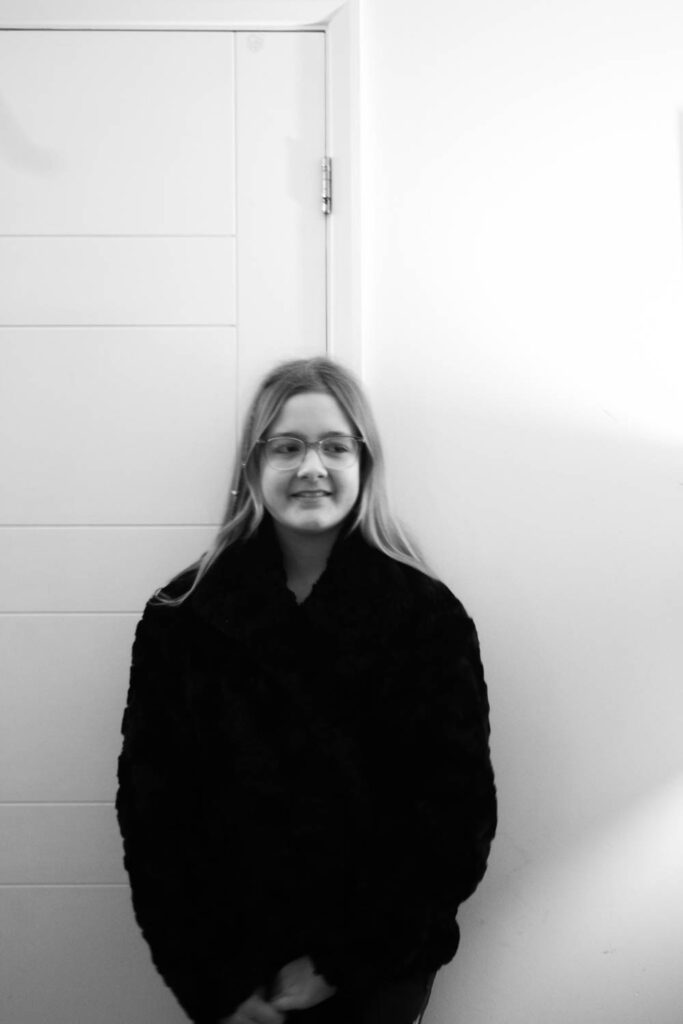
1960’s
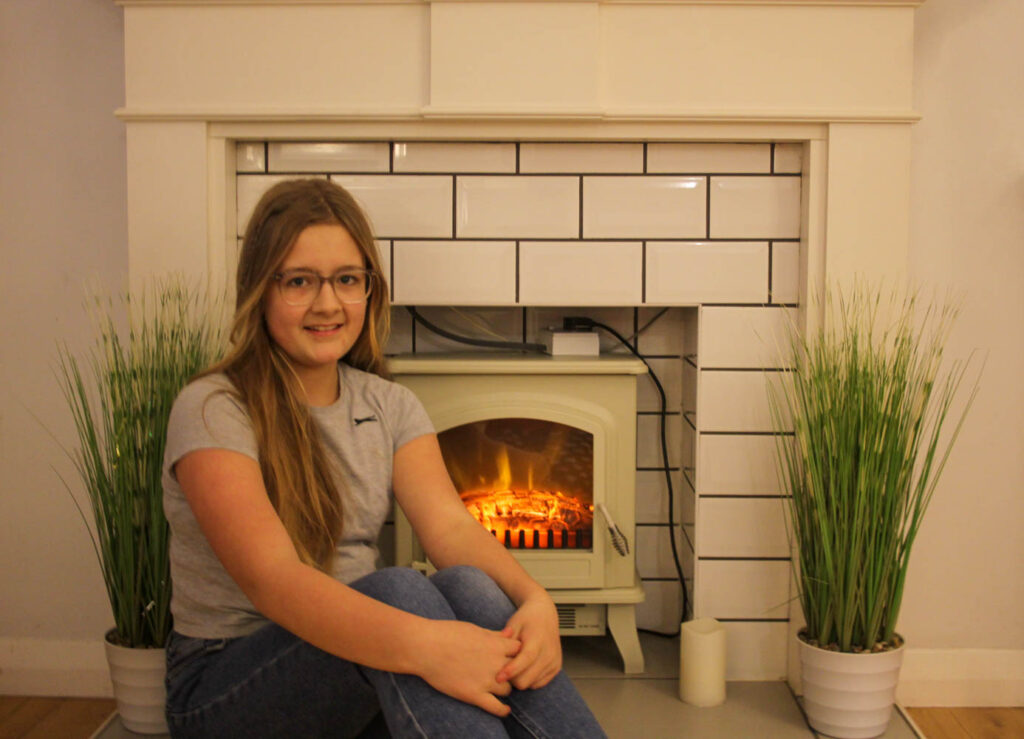
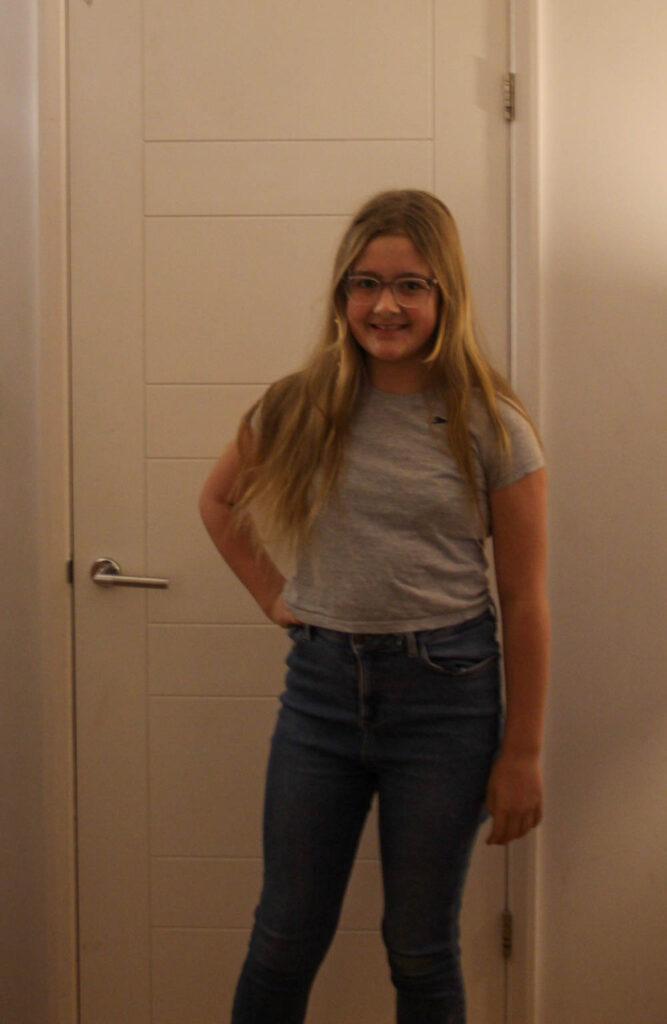
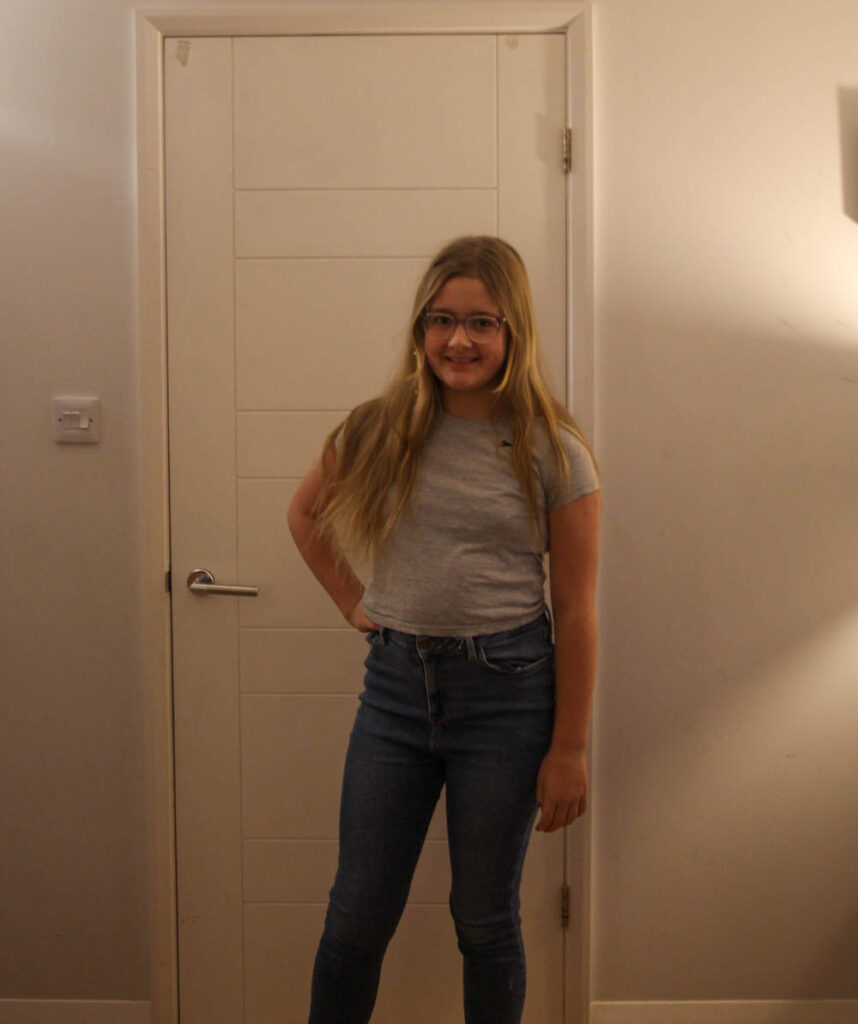
these images represent 1960’s femininity, because they wore jeans and tops that were long enough to cover their stomach. The feminine standard was still very respectful, but much more casual.

I edited this image by increasing the exposure, contrast, shadows, whites, vibrancy and saturation, while decreasing the highlights and blacks. I did this to improve the lighting.
1970’s
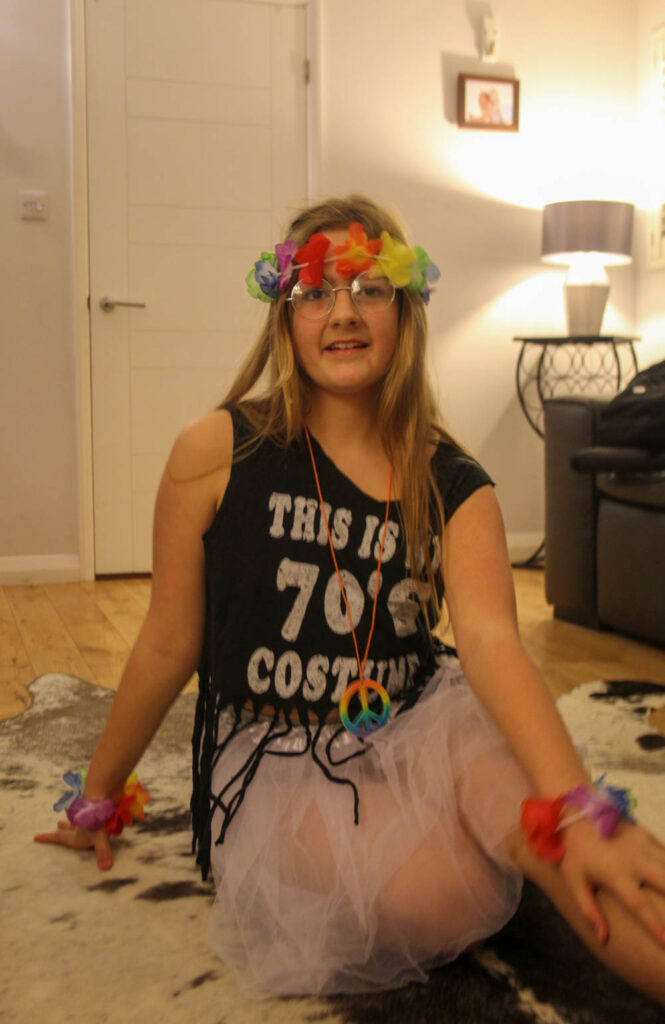
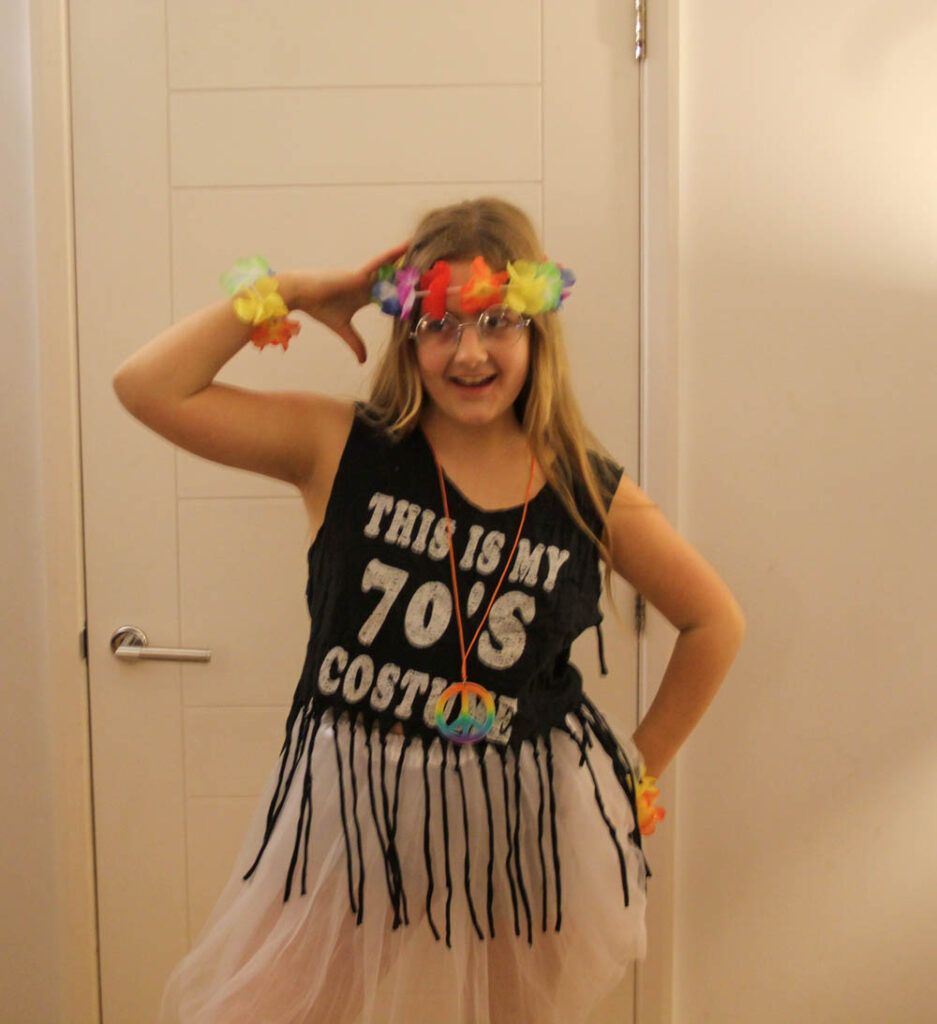
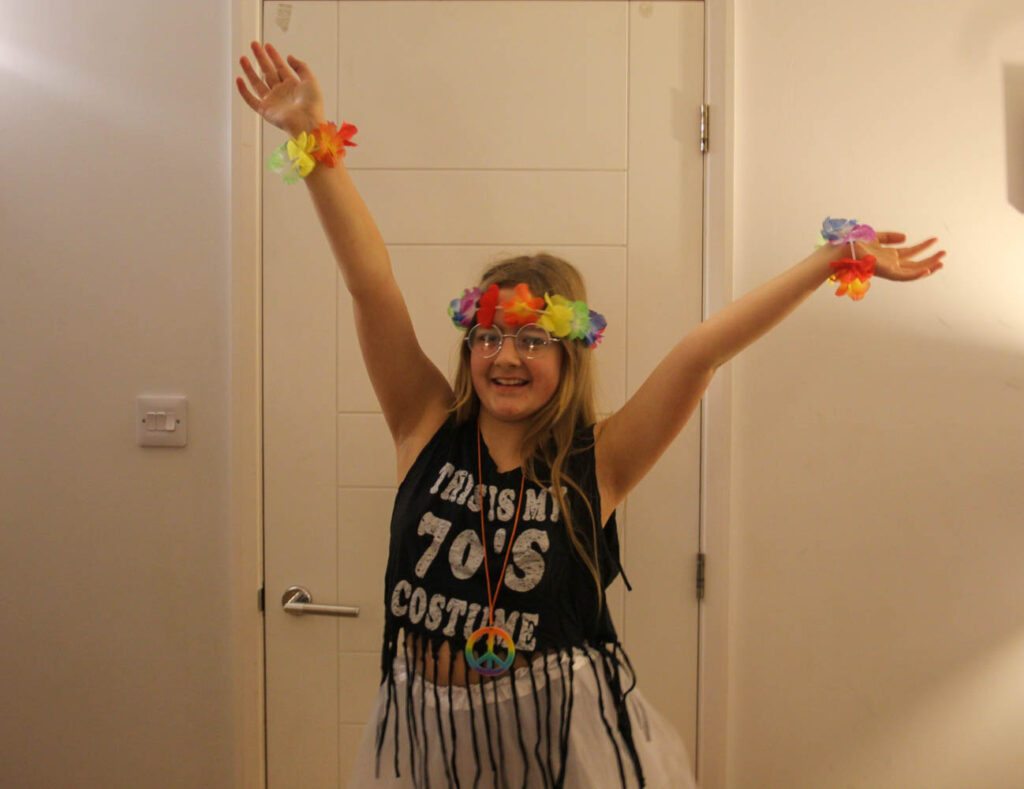
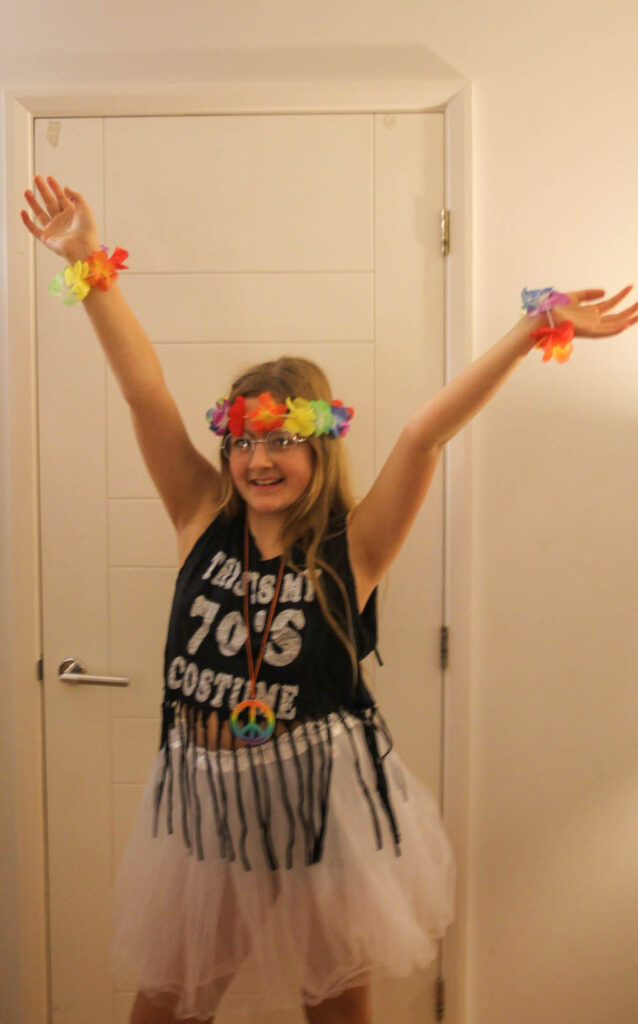
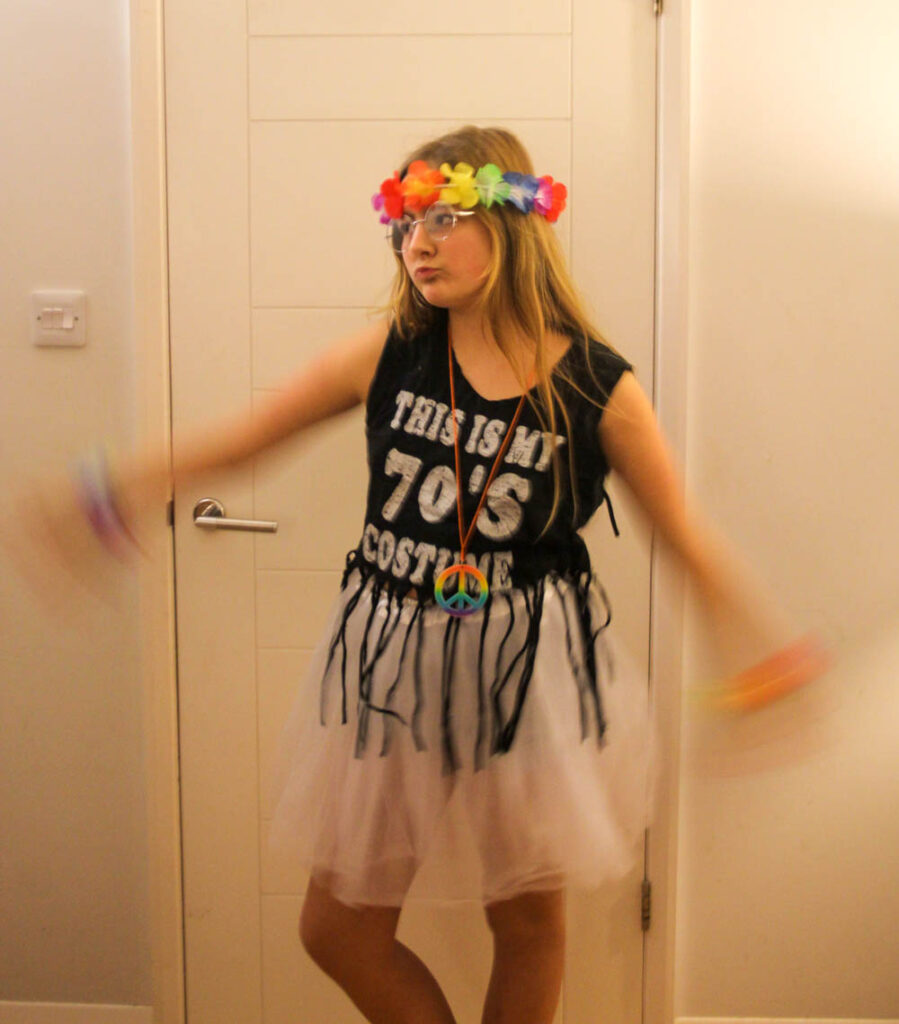
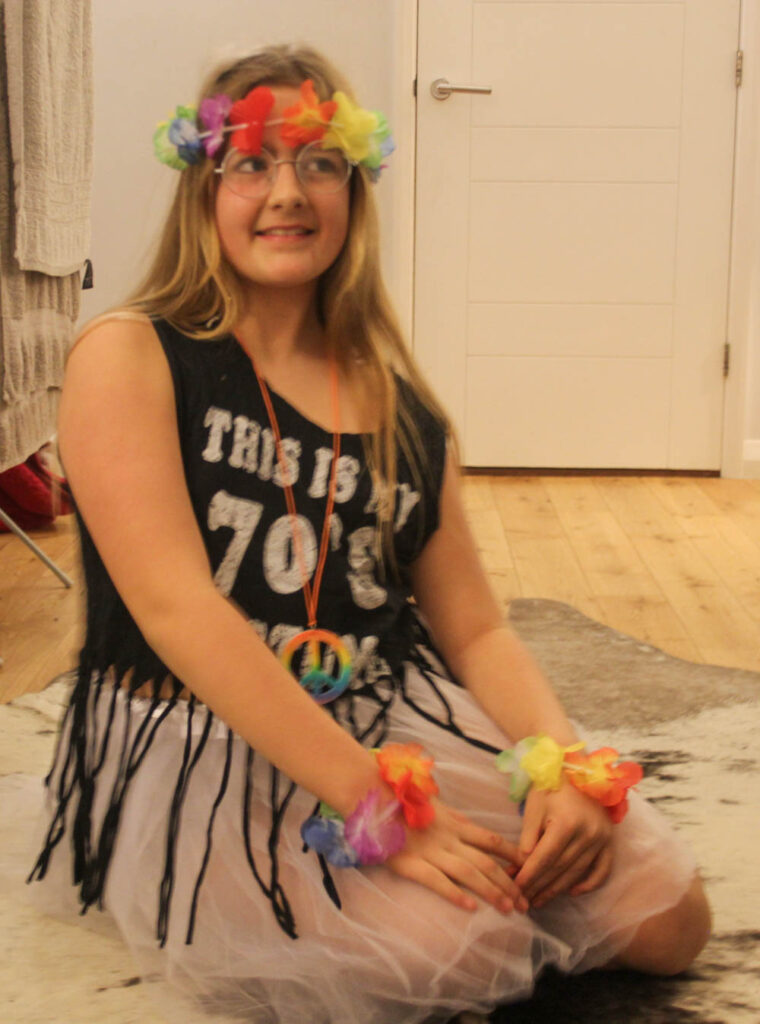
My model is now dressed up in an outfit that represents femininity in the 70’s. The feminine standards had changed and females would now wear more colourful clothing and they did not have to cover up as much.

I edited this photo by increasing the exposure, contrast, shadows, whites and vibrancy, while decreasing the highlights and blacks. I did this so the brightly coloured accessories would stand out more and be more vibrant and also to make the lighting better.
1990’s
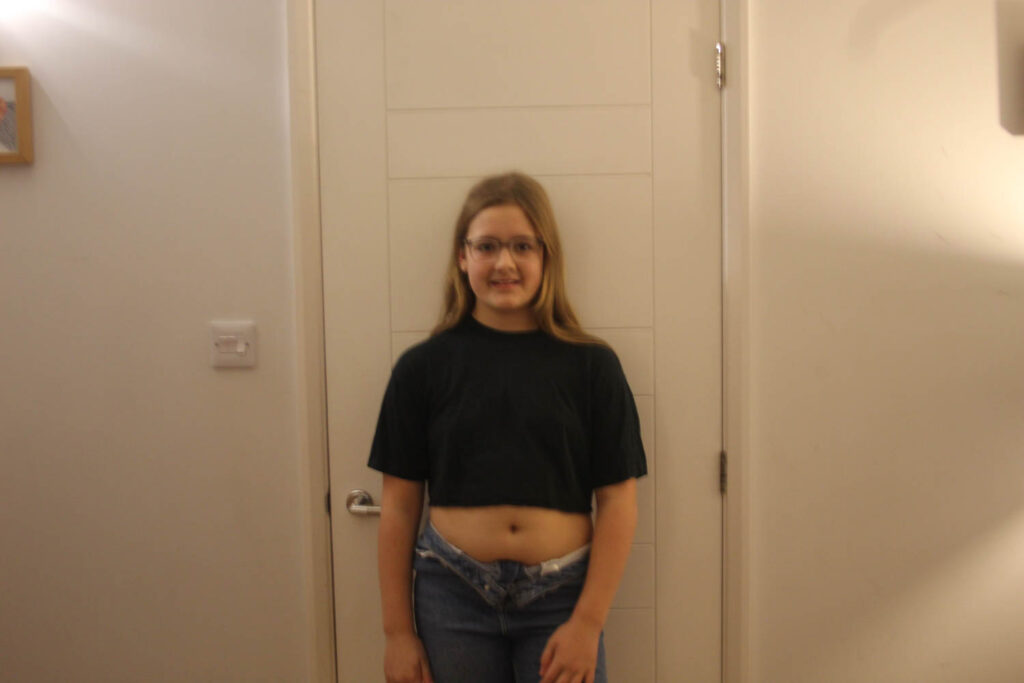
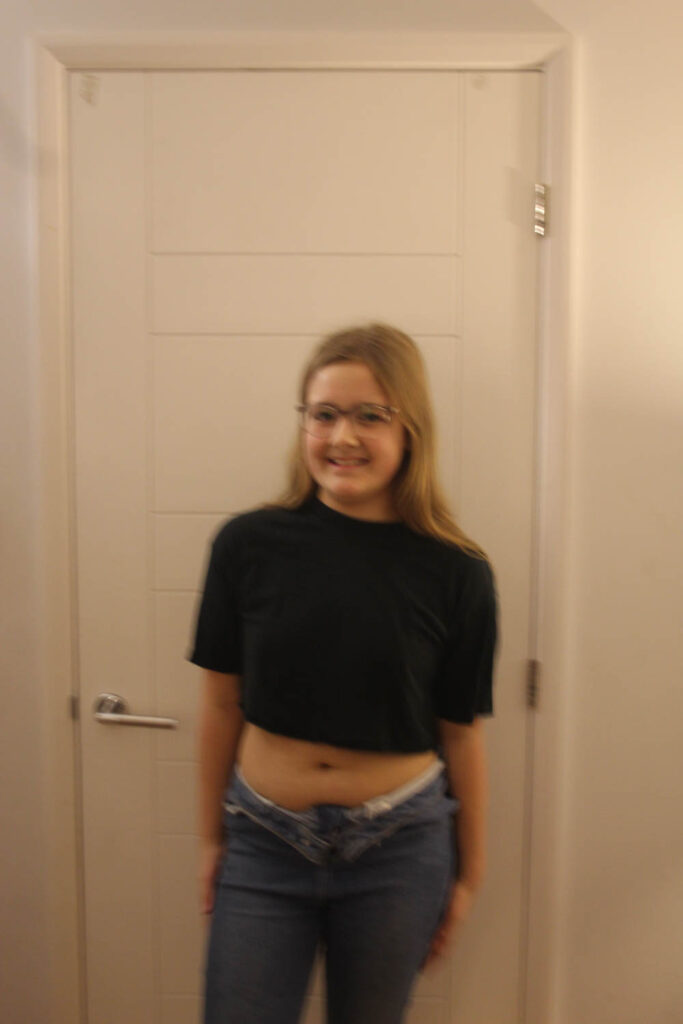

The feminine standards had now changed a lot and females could now wear more revealing clothing, like crop tops.
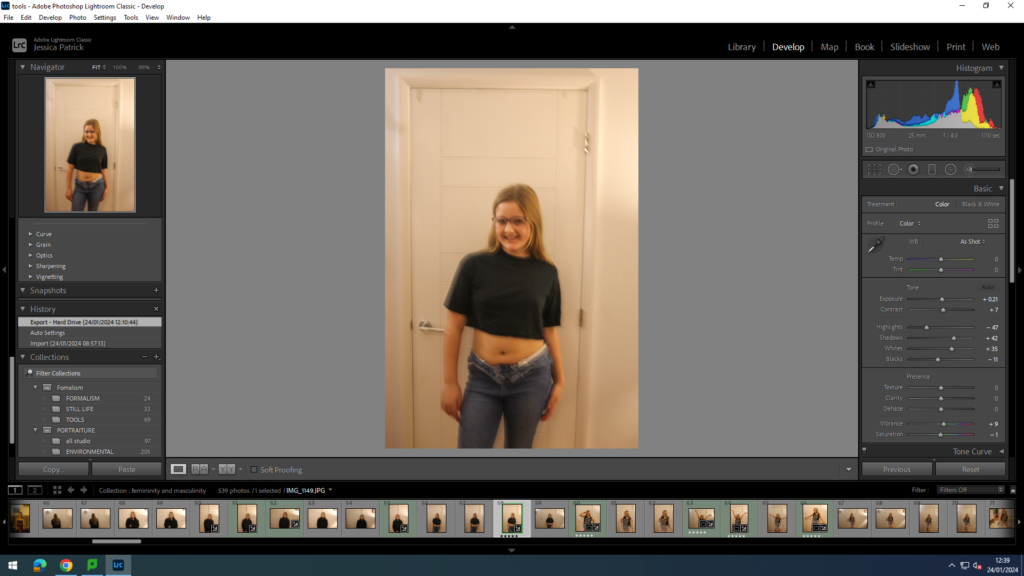
I edited this photo by increasing the exposure, contrast, shadows, whites and vibrancy, while decreasing the highlights, blacks and saturation, so that the lighting would be better.
2000’s
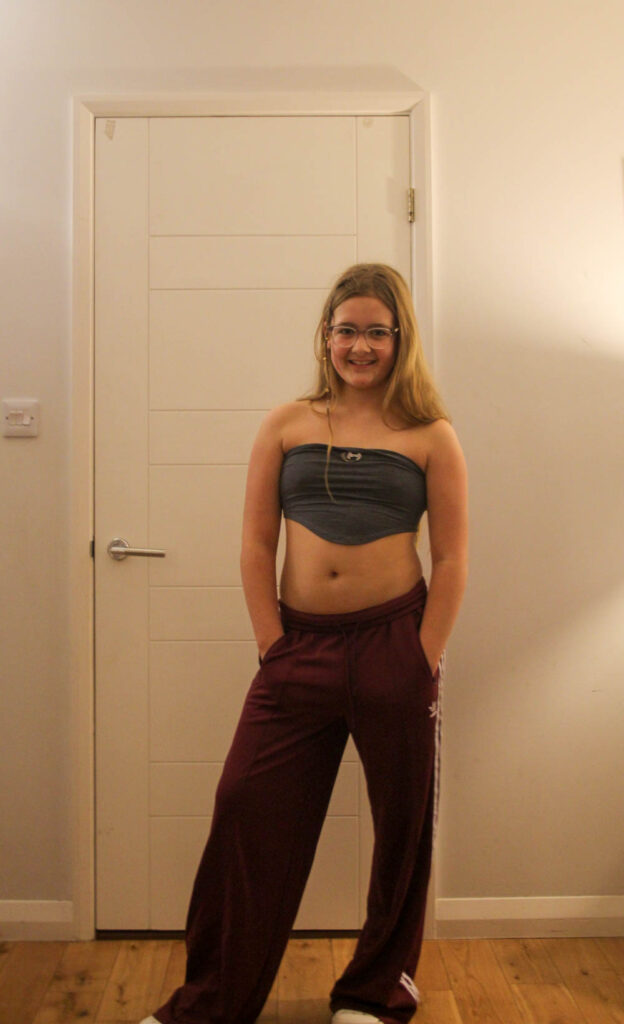
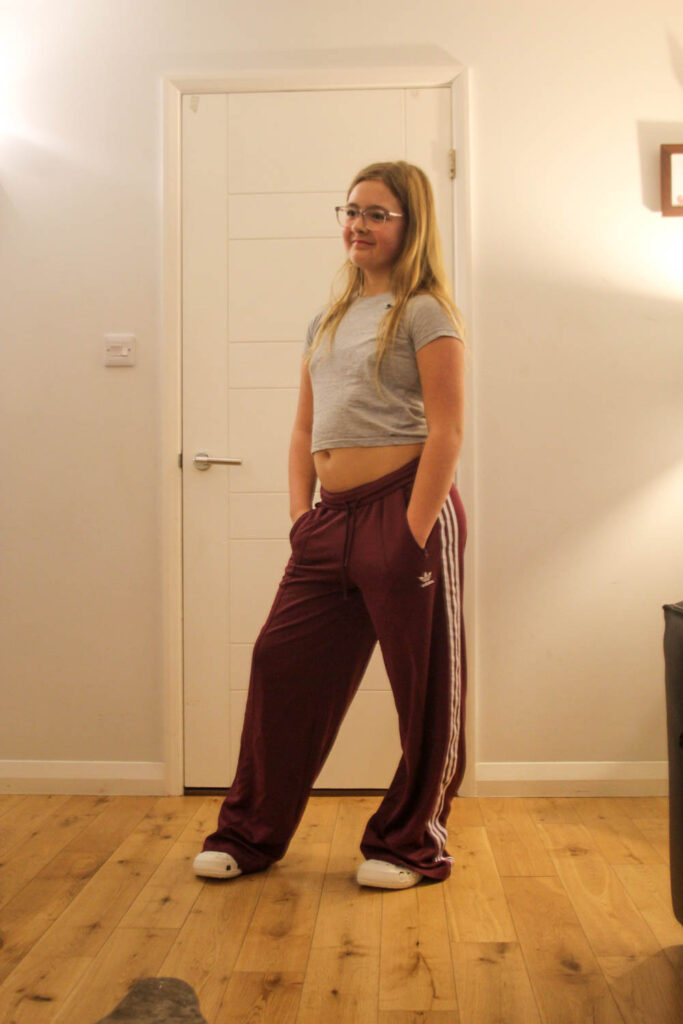
The feminine standards were now much different from the 1920’s. Women could now wear more revealing clothing, like low rise trousers, with smaller crop tops.

I edited this photo by increasing the exposure, contrast, shadows and whites, while decreasing the highlights, blacks and vibrancy. I did this to improve the lighting.
These images relate to the theme of femininity, because they show a timeline from 1920-2000 of how femininity has altered through time. It also shows that their is not just one definition of femininity, because it is constantly changing, and societies demands are also constantly changing.
Photoshoot Conclusion
In conclusion, I think the outfits in this photoshoot was a good idea, because I can now compare this photoshoot to Cindy Sherman’s photos of her as different characters. I also think I portrayed femininity throughout time well, because the outfits were realistic compared to the actually outfits they wore. However, next time I would find a better place to take the photos, so the lighting was the better and so the background of the images were better. I would also experiment with the camera settings, so all the images were more in focus.
